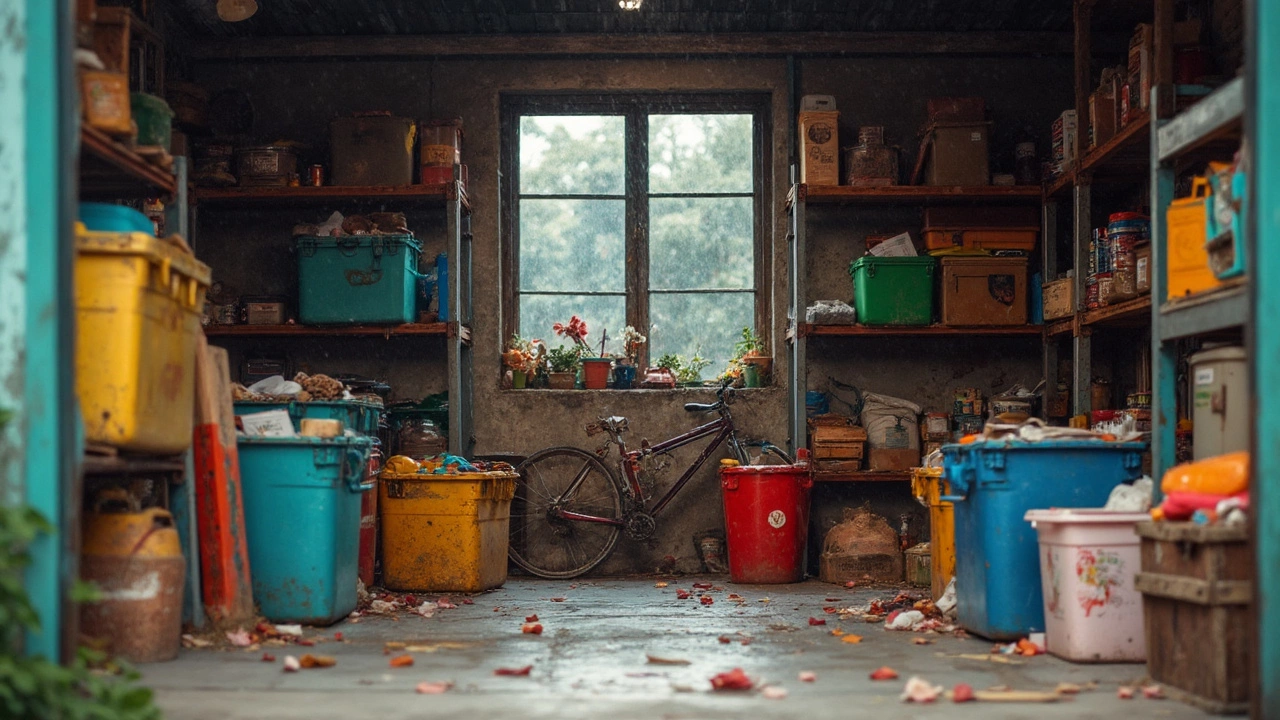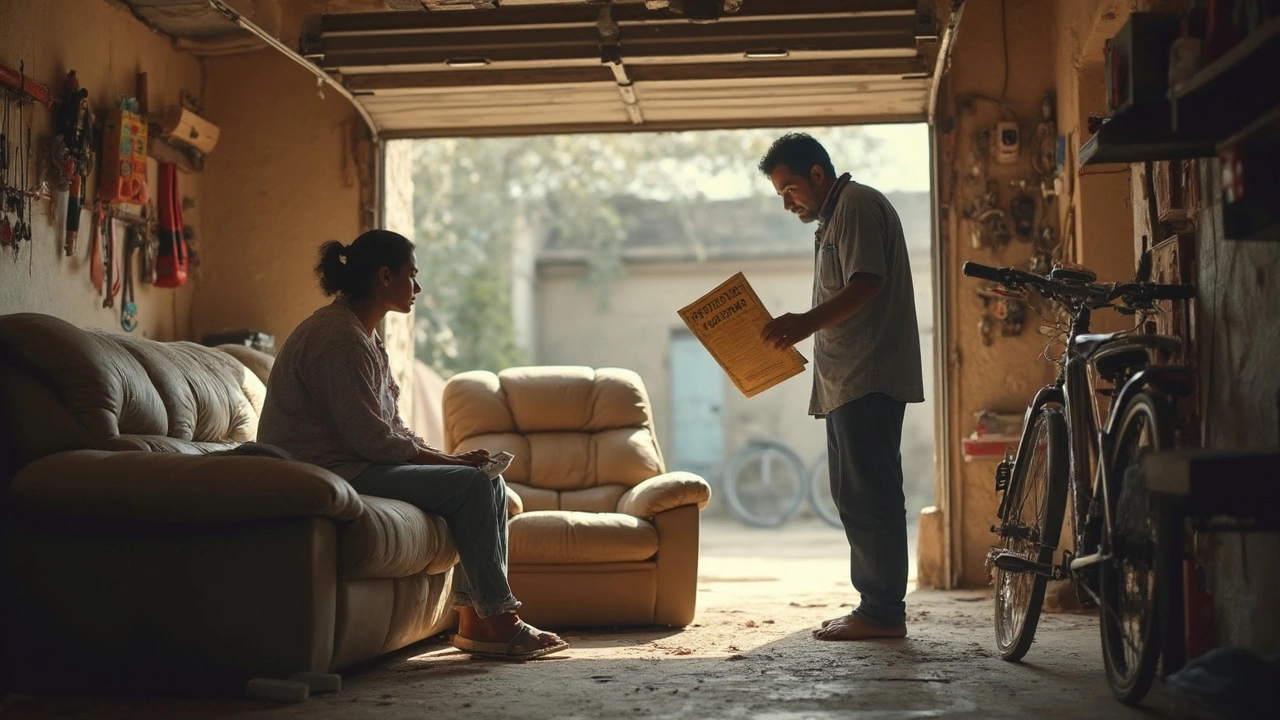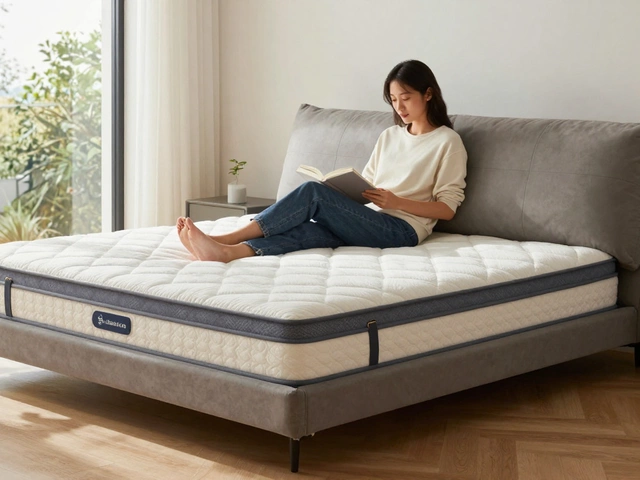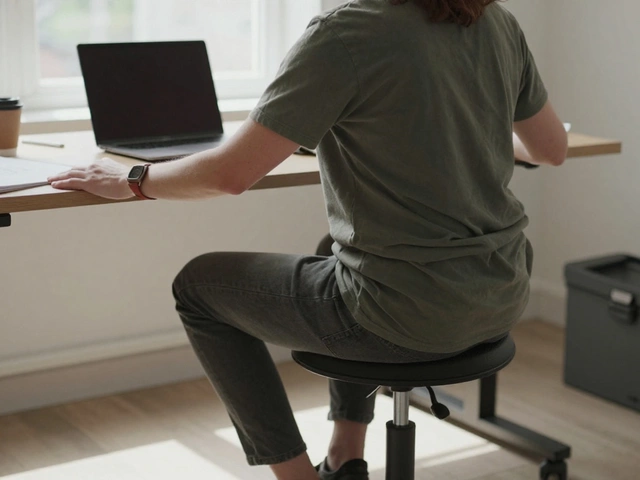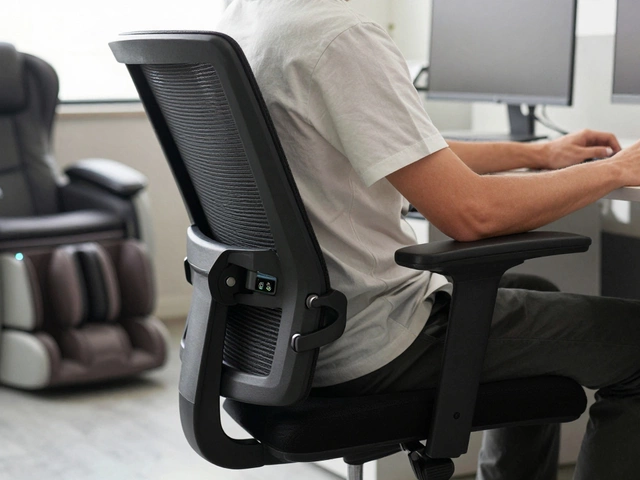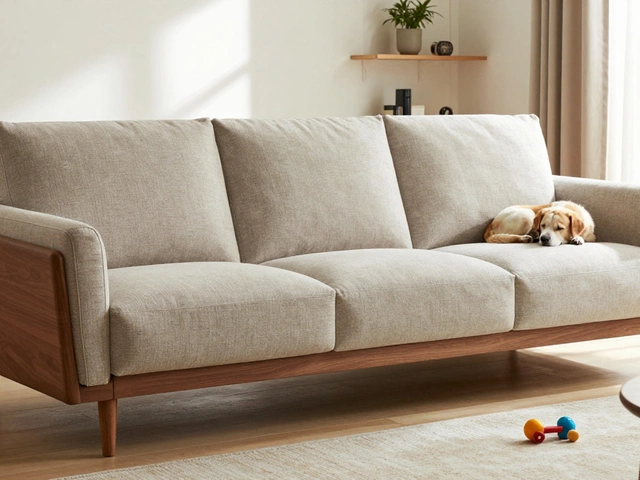Humidity Tips for Furniture: Keep Sofas, Storage, and Your Home Fresh
Ever notice a musty smell on your couch or see tiny spots on a stored table? That's humidity trying to mess with your stuff. High moisture levels can invite mold, warp wood, and make fabrics feel sticky. The good news? You don’t need a science degree to fight back. A few basic habits can keep the air dry and your furniture looking great.
How Humidity Hurts Your Furniture
When the air holds too much moisture, wood absorbs it and expands. That’s why a coffee table might start wobbling or a wooden frame begins to creak. Fabric sofas aren’t safe either – humidity fuels mold spores, especially in hidden crevices. Mold not only looks ugly, it can cause allergies and damage the fibers permanently.
Even if you store a sofa in a unit, the outdoor climate seeps in. A 10x10 storage space can become a humidity trap if it’s not ventilated. The result? A damp smell, discolored leather, or even a stubborn mildew patch that won’t come off with regular cleaning.
Easy Ways to Keep Humidity in Check
First, measure the indoor humidity. A cheap digital hygrometer tells you if you’re over the safe 45‑55% range. If the number’s high, run a dehumidifier in the rooms where you keep big pieces. Place it near windows or in basements where moisture gathers.
Second, improve airflow. Open windows on dry days, use fans, and keep vents clear. For storage units, leave the door slightly ajar when possible, or install a small vent panel. Air movement stops moisture from settling on surfaces.
Third, protect upholstery with breathable covers. Cotton slipcovers let air pass while shielding the couch from direct humidity. Avoid plastic bags—they trap moisture inside and create a perfect mold incubator.
Fourth, watch for condensation spots. If you see water droplets on glass coffee tables or on the underside of a sofa, the area is too humid. Wipe them away and consider moving the piece to a drier spot.
Lastly, use moisture absorbers like silica gel packets or charcoal bags inside cabinets and storage boxes. They’re cheap, low‑maintenance, and work well for smaller items.
By staying aware of humidity levels and taking these simple steps, you’ll stop mold before it starts, keep wood from warping, and enjoy a fresher‑looking living room. Your sofa, coffee table, and even the things in your storage unit will thank you for the extra care.
Do Storage Containers Get Moldy? Everything You Need to Know
Storage containers—plastic, metal, or wood—can get moldy if moisture sneaks in. This article breaks down why mold happens in storage containers, how to spot early warning signs, and practical steps to keep your stuff safe. You'll also find out which container types handle moisture best and what to do if mold does show up. Get straightforward tips to avoid a musty mess and keep your space fresh. Say goodbye to moldy surprises hiding in your closet or garage.
Is it OK to Store a Couch in the Garage? Know This Before You Move It
Thinking about storing your couch in the garage? Before you push it into the corner, there are some risks you should know about—like moisture, pests, and temperature swings that could ruin your furniture. This article breaks down how garages actually affect couches and what you can do to keep your furniture in decent shape if you have no other options. Learn smart tips for protection, what materials survive better, and when it might be time to consider climate-controlled storage. Don’t risk trashing your favorite couch just because space looks convenient.
